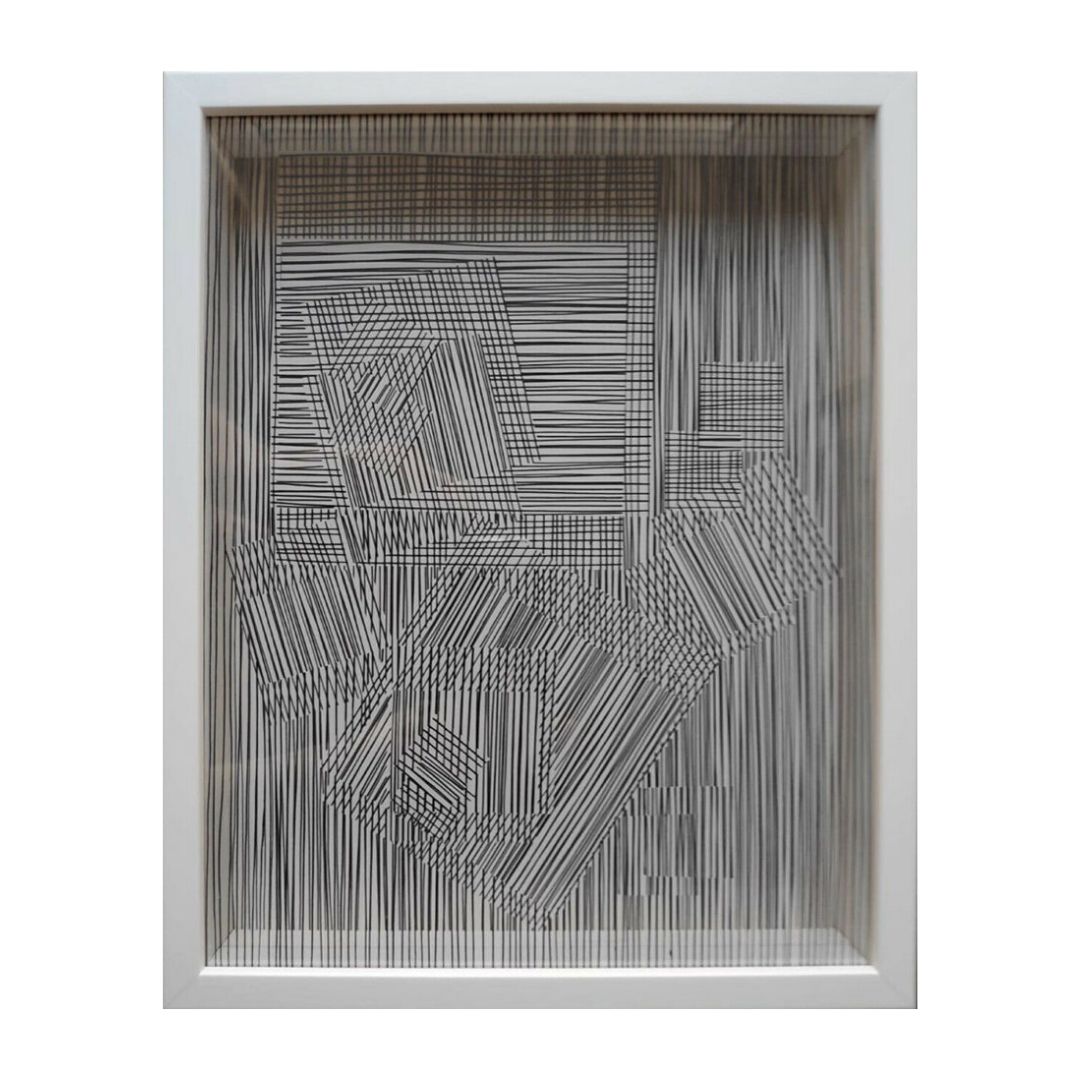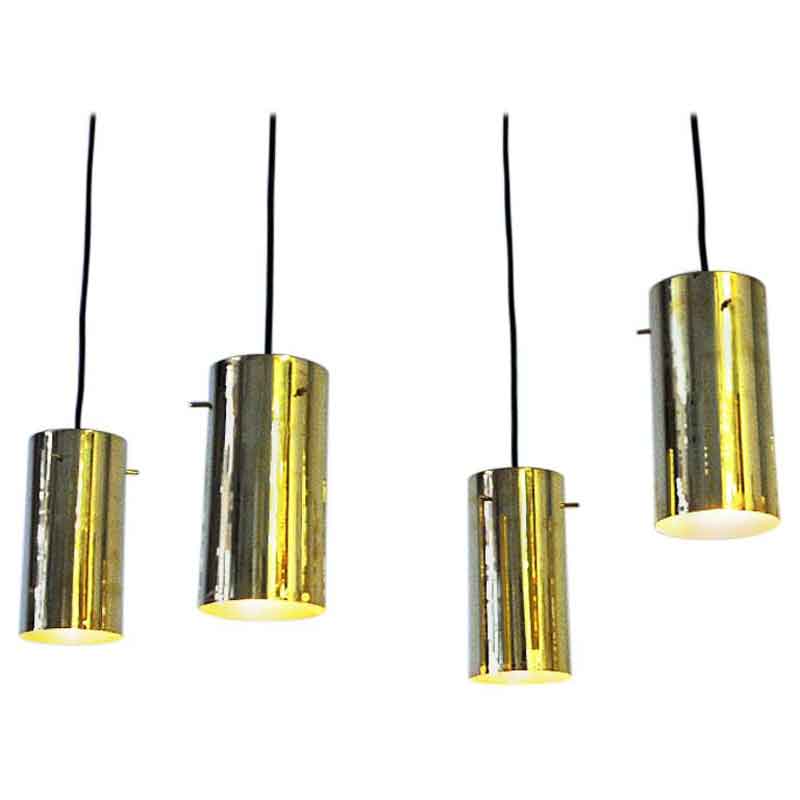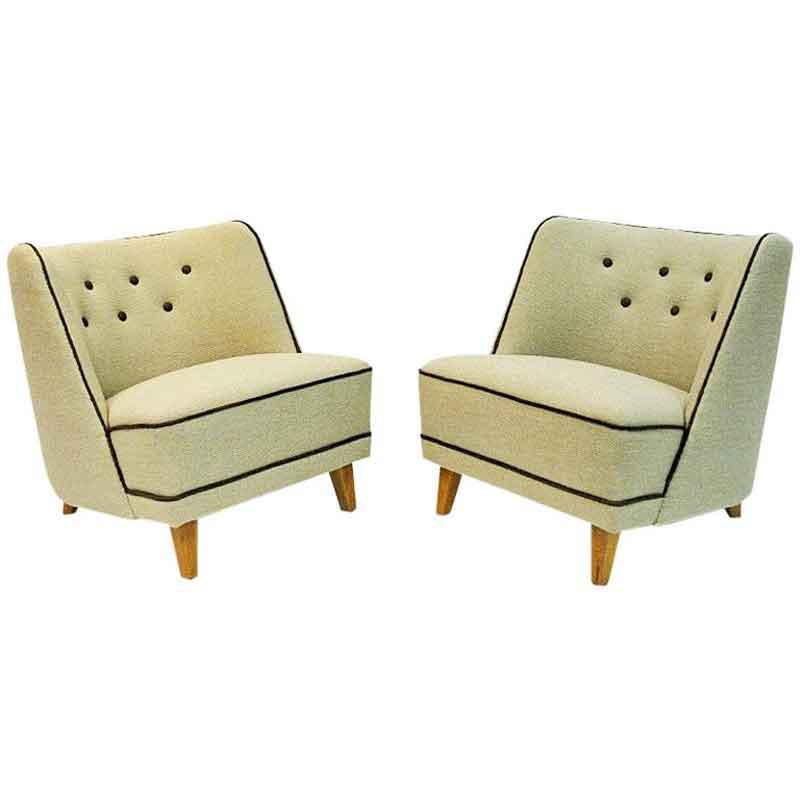I think we were introduced...
I think we were introduced to this urinal here on DA, can't remember. The Sofitel Queensland Hotel in New Zeland. Not sure about the ladies room.
Two more additions to the problems of urinals. The first, and one of my personal peeves, dribble. Nothing worse then going into the men's to see little puddles all lined up. This funnel design appears to offer a solution towards that.
Second is cleaning. Funnels are easier to clean than corners & edges.
The only thing
I can think of as an objection to a funnel, is that foreign objects can wedge into it. This being the real world, where all kinds of thoughtless or malicious behavior is manifest, I'd suggest running the idea past the cleaning crews before settling on the design. As a form suggestive of "receptacle," I guess it can't be topped . . .
.
. Sorry SDR I missed the link you posted at the start, really good reading, the old fashioned street pissoir works really well. I had the idea a while ago that in parks a grove of bamboo for privacy and a sheltered U shaped cast concrete urinal (all in one form) might work well.
Carl Andre on public toliets... design and art and intelligence doesn't get much better than that!
The Bidet, part I
Part I
There are quite enough professional and technical bibliography related to the bidet invention.
I have some of them on books and magazines somewhere, but I can't find them now.
Anyway, I found more easy this information from Wikipedia, that though more general I found it very accurate this time, Here is some extract:
" The bidet appears to have been an invention of French furniture makers in the late 17th century, although no exact date or inventor is known. Theories exist that its inventor is Christophe Des Rosiers, furniture maker for the French Royal Family, but Marc Andre Jacoud is also rumored to have been the inventor. The earliest written reference to the bidet is in 1710. By 1900, due to plumbing improvements, the bidet (and chamber pot) moved from the bedroom to the bathroom. This was common in French palaces.
Bidets are primarily used to wash and clean the genitalia, perineum, inner buttocks, and anus. They may also be used to clean any other part of the body; they are very convenient for cleaning shaven heads, for example. Despite appearing similar to a toilet, it would be more accurate to compare it to the washbasin or bathtub. Bidets once served as a practical way for couples to prepare themselves before sex, as well as to rinse themselves afterward.
Part II
Using instructions
It is generally understood that the user should sit on a bidet facing the tap and nozzle for washing the genitalia, and should sit with back to the tap and wall when washing the anus and buttocks. For a thorough cleaning, the user should use a hand to scrub the area with soap after wetting, then rinse. A dedicated towel or wipe is often available for drying.
Bidets are made in several different designs. They may have one tap which pours (usually warm) water into a china basin. The basin can be plugged and filled if necessary, or the water can be allowed to drain away. Other bidets have a nozzle which propels an arc of water up into the air. This jet of water is angled to easily reach the perianal and genital area. Those types providing higher pressure offer a more thorough cleansing.
Bidets are common bathroom fixtures in many southern European countries (Italy, Spain, Portugal, Croatia, Slovenia and Greece), some American countries (especially in South America, the bidet is a standard feature of homes in Argentina and Uruguay), some of Africa (especially Egypt and Morocco) and some parts of Asia (particularly in Japan, Bangladesh, Thailand, India, and South Korea), The Levant and some of the Arabian Peninsula, such as Kuwait, Saudi Arabia, Qatar, and the United Arab Emirates. Although France is the country where the word bidet originated, not every house is equipped with one, especially the smaller or cheaper flats as well as recent constructions. Although they do occasionally appear in North America, they are much less common there than in Continental Europe, Central America or Asia.,,,
Variations
I don?t see bad the adaptation of any object for self requirements of to improve it.
The picture is a vintage Ad.
And the link, is blog where you can see different uses.
http://dimensionargentina.blogspot.com/2010/01/como-usar-un-bidet-y-no-m...
If you need any help, please contact us at – info@designaddict.com









